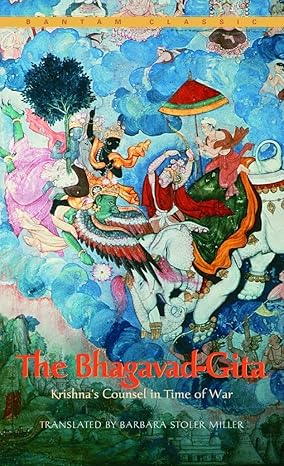One can never pin down the meaning of old Sanskrit words, but it is generally accepted that the 3 gunas are sattva, rajas, and tamas and that each word more or less means harmony/light, passion/energy, darkness/intertia, respectively. There are a lot of explanations about how each guna manifests in a person's behaviors or life, and I encountered some of the explanations in Yoga Sutras of Patanjali, suggesting that this theoretical framwork is a persistent element in Hinduism. In the Gita, sattva is most often associated with action with attachment to duty and detachment from outcome; rajas is associated with desire and greed, ie, action with attachment to outcome; and tamas is associated with inaction, laziness, avoidance.
Born into and living in a judgmental world, I was hardly even aware of the morality-based color that imposes value onto the foreign concept. Tamas is bad, rajas is better, and sattva is the best, and humans should attempt to climb from the lowest rung (tamas) to the highest (sattva), from ignorance to enlightenment.
There is nothing in the Gita that explicitly dispel this understanding, but when I got to the end it suddenly dawned on me how wrong my presumption was. The 3 gunas are not 3 rungs on a ladder toward heaven. They are 3 coexising elements. All 3 gunas coexist in ... me, a person, all the time. I can no more eliminate tamas than be 100% filled with sattva. That's not how it works. All 3 gunas make up a person (or the world, but for now I'm just focusing on psychology), and we are all composed of dark inertia, desire, and the ability to be illuminated.
(I was going to question the last part but, hey, why then am I writing this?)


No comments:
Post a Comment